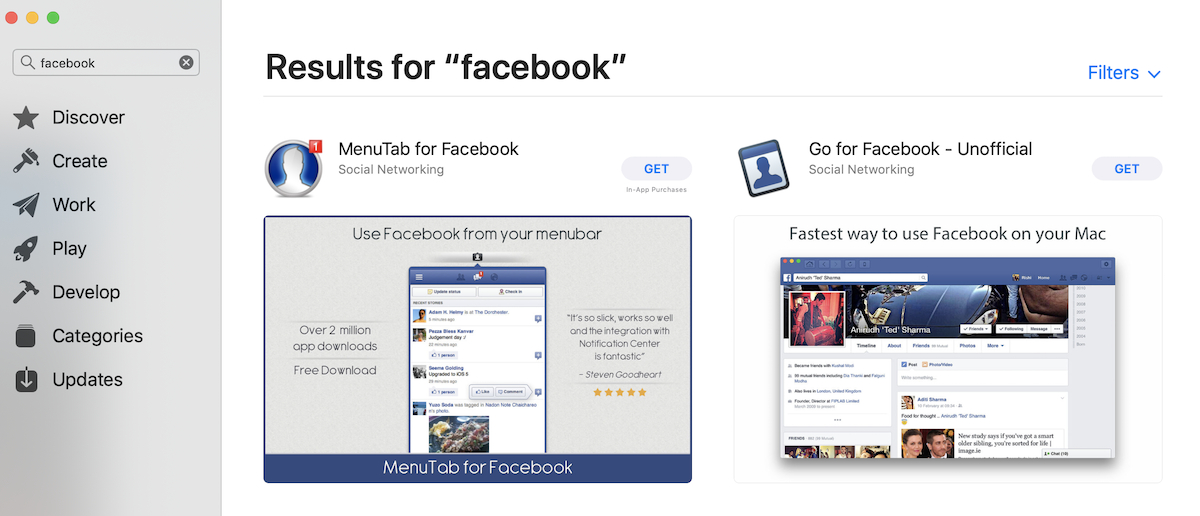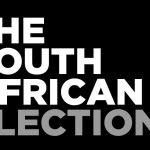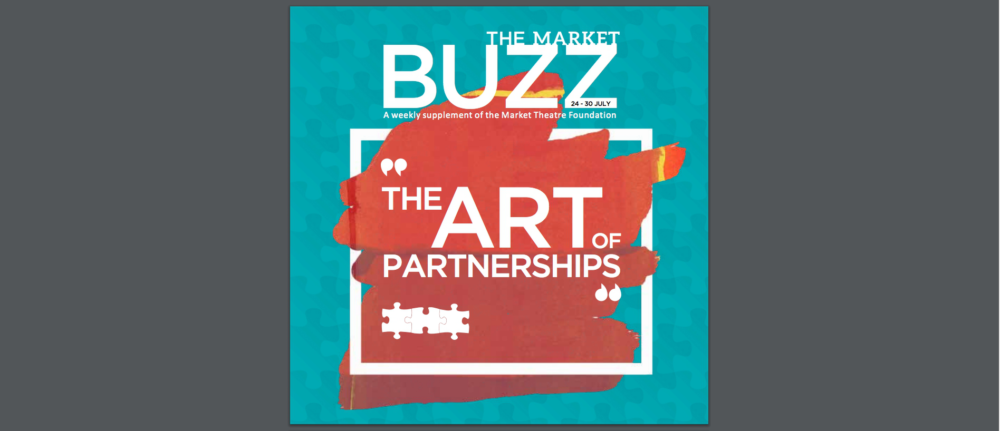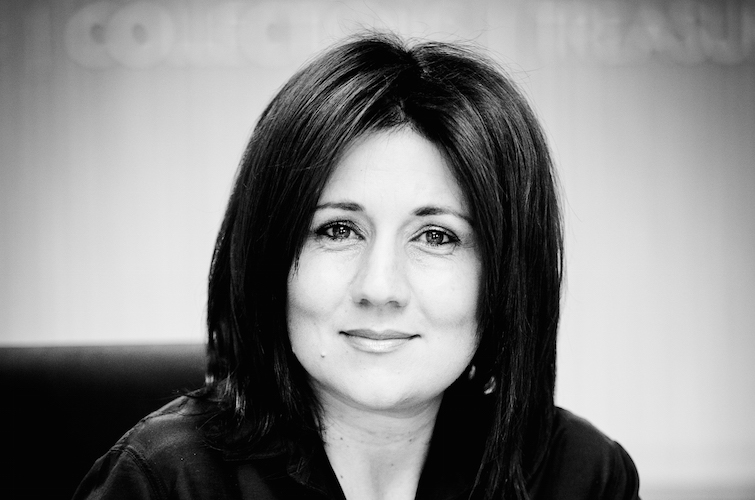
Change, data, and privacy
Change, something that we tend to shy away from or fear. At the beginning of May, the world’s most used social media platform, Facebook, home to more than 2.2 billion accounts, announced some big changes. Personally, I expected the announcement following the recent data debacles, hacks, privacy breaches, and having listened to the Tech & Society podcast that Mark Zuckerberg launched in April. This change signals the end for Facebook’s newsfeed in its current state and doesn’t clearly outline the plan for advertising on the platform which was the biggest revenue generator for Facebook.
So, what is the reason behind this change? Well like most businesses and platforms, Facebook is looking towards the future, trying to understand what users are using the platform for so that it can continue to grow. Through analysing user data and analysing opportunities for growth, Facebook identified two areas that needed to change—groups and the Messenger app. You can read more about the changes here.
The shift away from the newsfeed is to give Facebook users more choice, control and personalisation. By belonging to or being a member of different groups, you are able to select the type of content that you see, not what Facebook’s algorithms have selected for you to see based on your past usage of the platform. The bet that Facebook is placing on Messenger is an interesting one, especially since it owns WhatsApp. When unpacking the changes to their Messenger, it is clear that Facebook is working towards providing a digital space for communities to be formed and developing the tools for them to communicate. Few would argue that this is a bad strategic decision from Facebook and we can be assured that vast amounts of behaviour data would have been used to guide these decisions.
So, what are some of the lessons we can take away from the way Facebook has gone about planning for and making this change? While there are many things that we can learn, the one that I want to focus in on is data. Data helped inform the decisions that Facebook took; it analysed its platform data and understood where the growth points lay for its future audience. Understanding and researching your target audience is key.
The way we use data is changing rapidly. If you make marketing decisions without data in today’s environment, you start off on the back foot. A couple of years ago, brands that personalised communications with the client’s first name, or marketed products to different age group bands, were ahead of the game. Now though, this is can be considered ‘basic’ and is expected. In short, data segmentation is not personalisation, because we know so much more about customers. Brands that unlock the real value of data are able to provide seamless, hyper personalised customer journeys. We have so much data available. Used in the correct way it can add massive value. Unfortunately, data can also be manipulated and abused, as was highlighted in the Cambridge Analytica data scandal following the American elections and the manipulation that occurred during the Brexit referendum.
This highlights that data can be used to manipulate and influence our decisions for the wrong reasons. We should be super-aware of examples like this so we can learn from them and build a future that doesn’t tolerate instances like this.
Change isn’t often easy and when platforms like Facebook make significant changes, we as marketers need to change with them… adapting along the way. We live in a world surrounded by data; the trick is for us to use it creatively and to not use it in a destructive manner. To fully enhance the customer’s experience you need to understand the audience you are talking to and consider all the different data points that may help you do this.
The age of hyper-personalisation is well under way and the more time we spend online, the more important it is for brands to utilise the data that is available to create communities.






